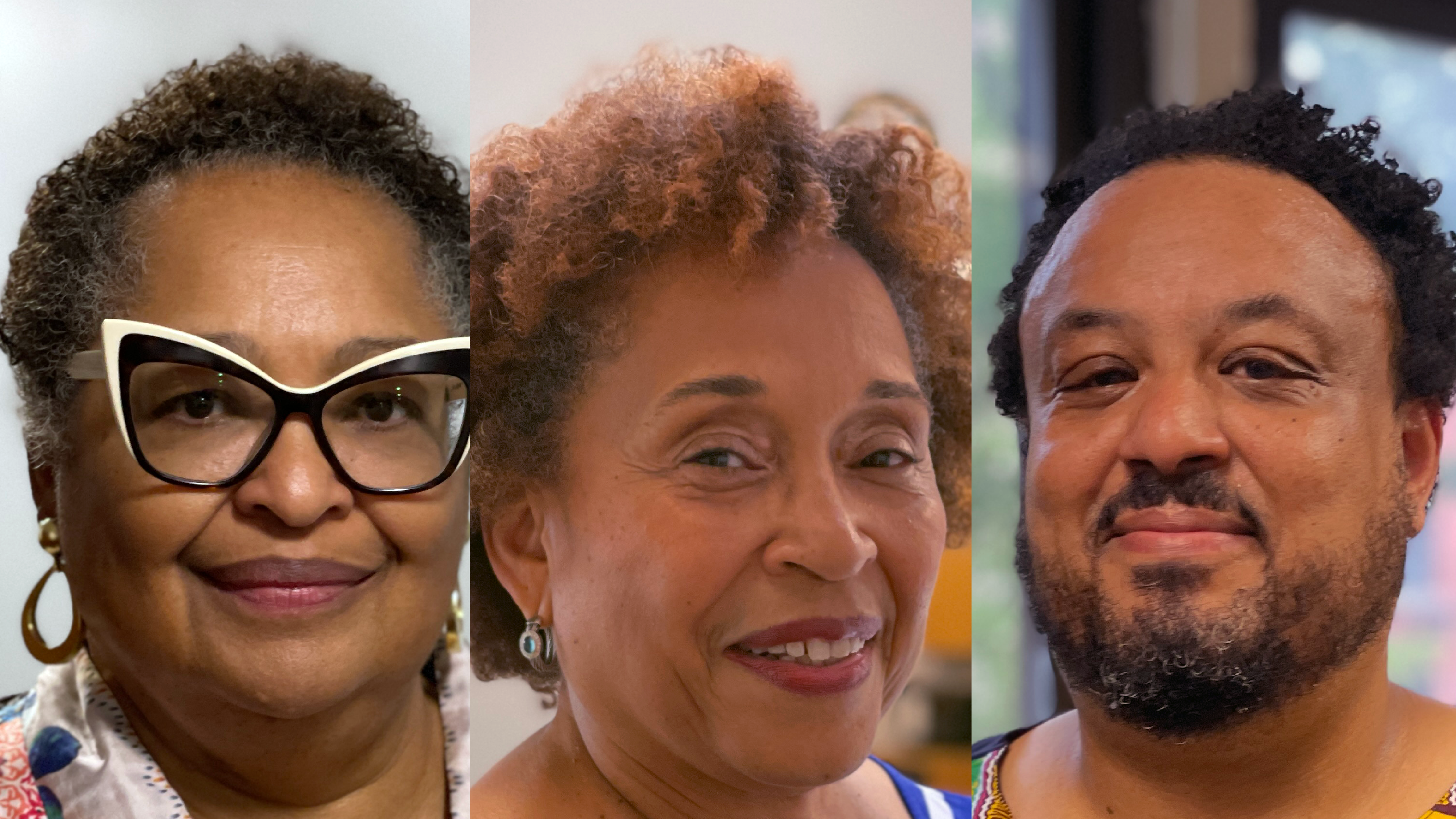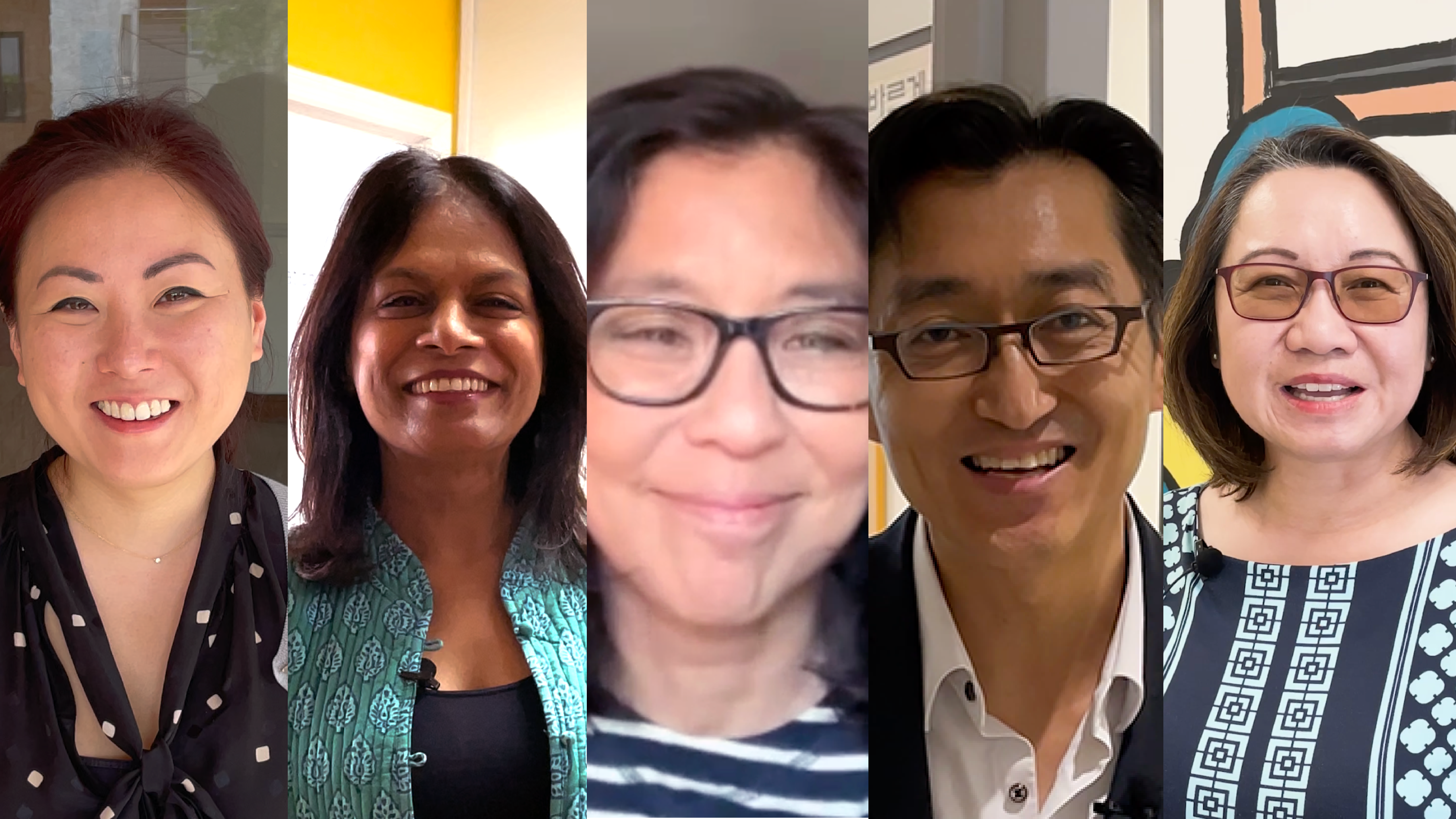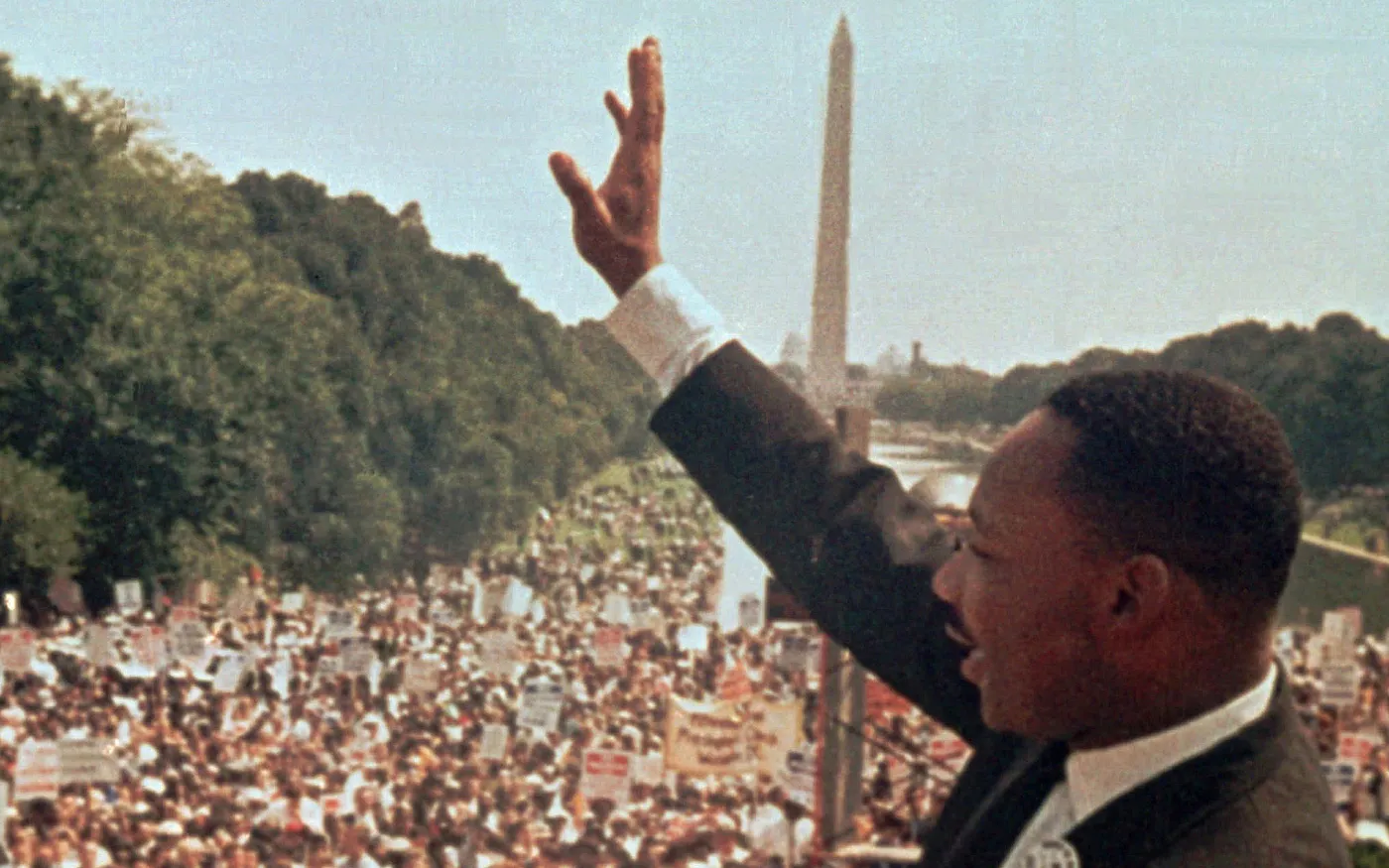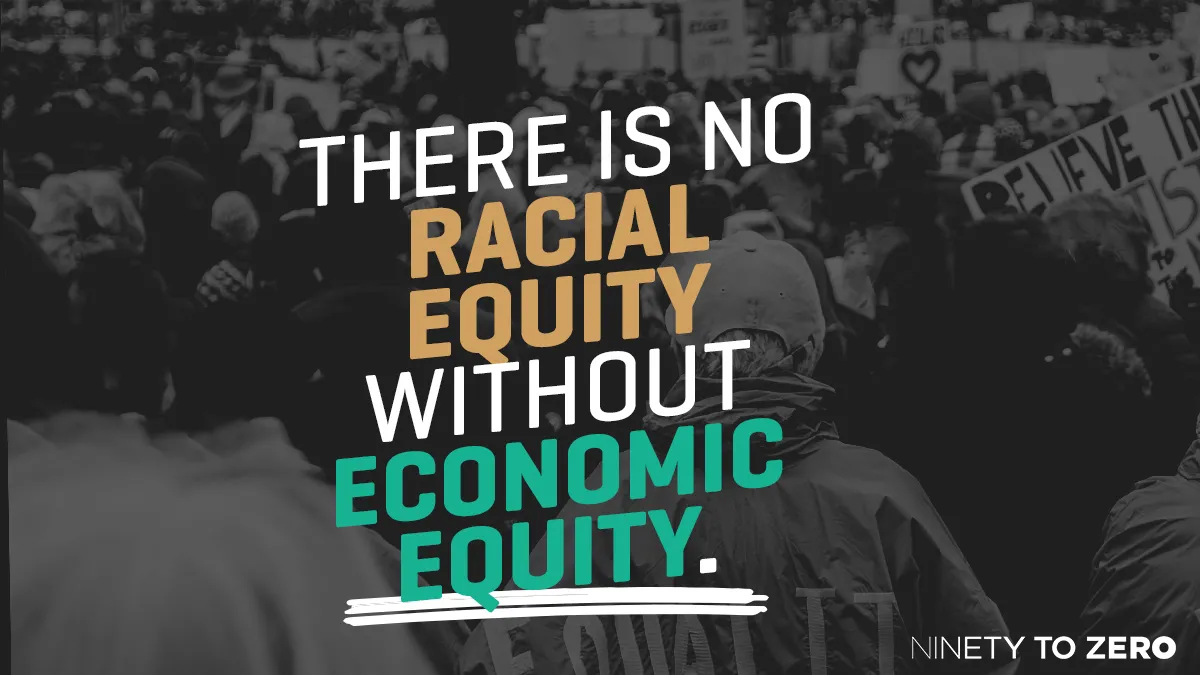May 26, 2022
Fighting AAPI Poverty in NYC Means Bringing it into the Light
Diverse communities require diverse solutions.
By Christine Auyeung, Senior Program Officer | Young Adults and Lai Eng, Public Policy Associate
Asian Americans and Pacific Islanders in New York City are an incredibly diverse group. Within the AAPI community are ethnicities and cultural nuances that defy monolithic stereotyping. The linguistic and cultural diversity requires specific cultural competency in order to serve underrepresented groups.
The latest Poverty Tracker, a report on the state of poverty and disadvantage in New York City in collaboration with Robin Hood and Columbia University, sought to understand these nuances by studying Asian New Yorkers from over 30 countries. In addition to its original sample, we added an oversample of Mandarin-Chinese speakers to uncover some of these nuances.
The latest report is a great look at AAPI poverty, but it is only a first step. AAPI people make up 15% of New York, but they make up 18% of New Yorkers living in poverty. Nationally and in New York City, AAPIs have the largest income inequality among all racial groups.
According to the Poverty Tracker, in 2020:
- Roughly one in four Asian New Yorkers lived in poverty — double the poverty rate for white New Yorkers.
- About 27% of Asian New Yorkers faced material hardship.
- Roughly 14% Asian New Yorkers faced serious psychological distress versus 11% of the city population.
- On average, Asian New Yorkers reported the lowest average level of life satisfaction compared to other racial and ethnic groups.
- Nearly half of Asian New Yorkers (47%) faced some form of disadvantage — poverty, material hardship, or health problems.
- Among Asian New Yorkers, experiences of disadvantage — including poverty, material hardship, and health problems — were especially high among those aged 65 or older, those with a high school degree or less, and those with limited English proficiency, suggesting that policies and programs serving these populations are essential.
Anti-Asian sentiment and discrimination are not new and has only been exacerbated by the COVID-19 pandemic. The recent crisis of violence against the AAPI population created a push for advocacy and action from varying communities and organizations across the nation. The Poverty Tracker’s latest data debunks the myth that AAPI face less systemic racism and discrimination and “the model minority myth.”
Rather than a reactionary approach to advocating underserved communities, our efforts must be aligned in intersectionality and consistency.
A 2018 Pew Research Center study found that the AAPI community is the most economically divided racial or ethnic group nationwide.
[image]
To shine a light on these diverse and underserved groups for AAPI Heritage Month, three Robin Hood community partners shared the wins and challenges facing their unique missions:
Damayan
[Image]
Damayan’s mission
We promote the rights and welfare of Filipino im/migrants in New York City by educating and organizing. We empower workers to fight labor and human trafficking; and help survivors get humanitarian visas, retrieve stolen wages, and reunify their families on U.S. soil. We advocate and mobilize to end Filipino forced migration and fight labor exploitation, racism, and devaluation of domestic work that perpetuate the abuses of Filipino im/migrant workers, particularly women domestic workers in the U.S.
What makes Damayan proud of their community?
We are proud of the resiliency and courage of Filipino trafficking survivors, especially the mothers, who worked so hard and suffered the abuses, disrespect, isolation and sometimes sexual abuse just to earn a living to support their children and families in the Philippines. Among them, we are most proud of those who fought against their traffickers and who decided to become organizers and social leaders to empower our community.
Chhaya
[image]
Chhaya’s mission
We build the power, housing stability, and economic wellbeing of South Asian and Indo-Caribbean communities in NYC.
What are some of the challenges Chhaya experiences when delivering support to their community?
A lack of funding creates limited capacity to provide services addressing an ever-growing need, including inadequate physical space to gather and provide services. The “model minority” myth creates the impression that our community does not need services. There are cultural barriers, such as community members who fear taking advantage of services due to stigma or don’t trust it because it is free and they are not used to trusting anything that comes so easily. And finding qualified staff who speak South Asian languages and are rooted in the community is difficult.
What makes Chhaya proud of this community?
We’re proud of the fact that our community members don’t give up, despite the mountains of challenges they face everyday. Establishing a life in New York City is harder than it has been for decades, but the resilience of our community is evident of the new micro businesses that open up everyday and the sheer number of individuals who take our first time homebuyer class even if they have little savings are a far way from buying a home. We’re proud of the alliances we are building across deep historic geographic, linguistic, cultural, religious and caste divides. Chhaya just led the formation of the first ever South Asian Indo-Caribbean Coalition and held a briefing for the New York City Council. This would have been unheard of just a decade ago. This alliance is building a strong progressive power base with our community.
Jahajee Sisters
[image]
Jahajee Sisters’ mission
We serve Indo-Caribbean survivors of gender-based violence in New York City. Our members are immigrants and children of immigrants from one of New York’s largest foreign-born populations. Many of our members are domestic workers living in a low-pay, largely unregulated industry.
What are some challenges Jahajee Sisters experience when delivering support to this community?
It is difficult to gain resources due to the erasure of our people within an already marginalized group. We are often lumped in with South Asians, who people unfortunately often generalize as well off, while our reality could not be more different. Our ancestors were indentured in the British colonies and worked on sugar plantations, and much of our community today in New York is working class and undocumented — struggling to make ends meet and thrive in a new country.
What makes Jahajee Sisters proud of this community?
We are so proud of the resilience of our community and how they have shown up for each other, especially during COVID 19. The Indo-Caribbean neighborhoods of New York City experienced some of the highest COVID rates and were some of the last to receive tests and vaccines. They also had high rates of unemployment and food insecurity. Grassroots organizations like ours met the moment to get our community members cash assistance, food, and medical care.
In philanthropy, for every $100, just 20 cents goes to AAPI-serving organizations. Robin Hood has recognized the need to increase grantmaking to AAPI-serving groups, and that we have a lot more work to do.



